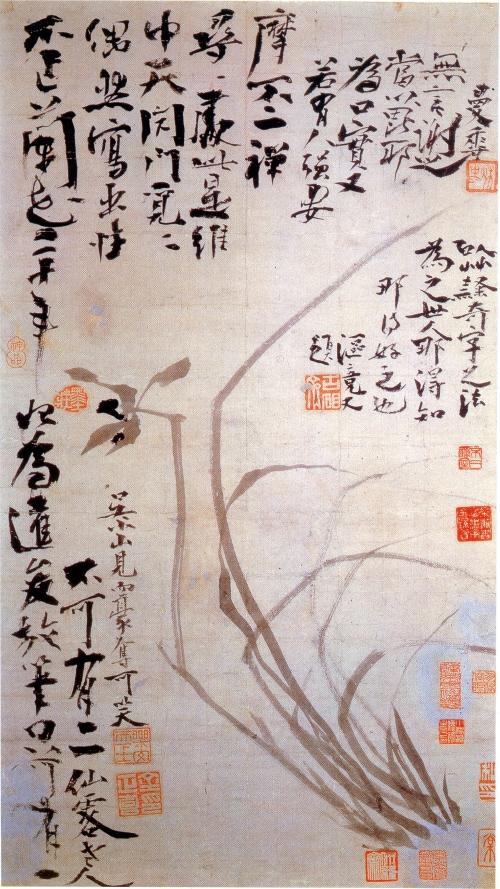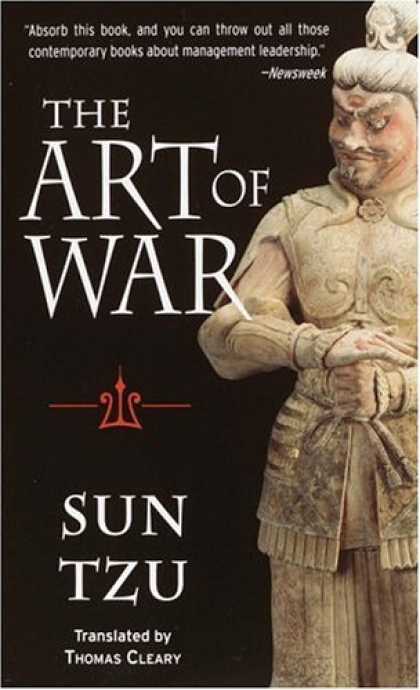

http://www.slideshare.net/kim_munson/modern-chinese-calligraphy
Above is a slideshow about some modern chinese calligraphy, something that has inspired me to do this project.
The images are works by Gu Gan, one of the first people to start using colour in calligraphy. I love the interplay of the black and the white shapes as well as the texturing thats modern compared to traditional techiques.









